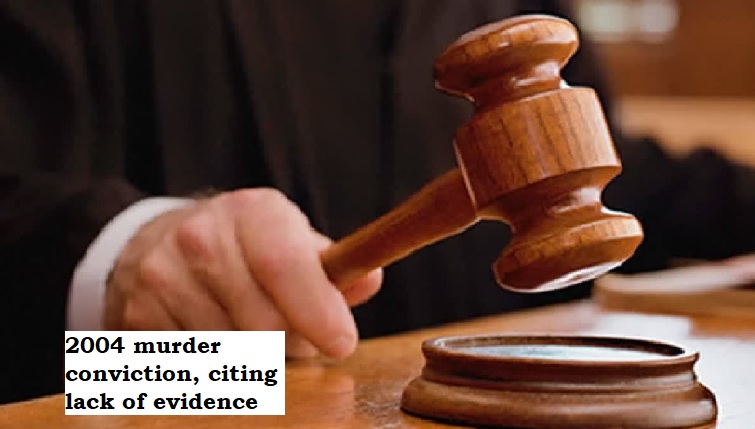


The Supreme Court, in a recent observation, underscored the critical importance of meticulous scrutiny when the prosecution relies solely on circumstantial evidence in criminal cases. The judicial pronouncement emphasized the need for courts to exercise vigilance and thoroughness while examining the facts establishing circumstantial evidence. This scrutiny involves ensuring that the presented evidence is not only consistent with the hypothesis of the accused's guilt but also devoid of doubts, improbabilities, and inconsistencies.
The legal backdrop against which this observation was made is significant. In criminal trials, the prosecution often resorts to circumstantial evidence when direct evidence is lacking. Circumstantial evidence relies on inferences to establish a chain of events that, when viewed together, lead to the conclusion that the accused is guilty. However, such reliance on indirect proof necessitates a meticulous and cautious approach from the judiciary, as it introduces an element of interpretation and inference into the adjudication process.
The Supreme Court's assertion serves as a guiding principle for the lower courts, reminding them of the inherent vulnerability associated with circumstantial evidence. The judiciary's role in criminal cases, particularly those based on circumstantial evidence, extends beyond merely accepting the presented facts at face value. It involves a rigorous examination of the consistency and coherence of the evidence with the hypothesis of the accused's guilt.
The emphasis on consistency in the observation is noteworthy. In the context of circumstantial evidence, the prosecution must establish a logical and unbroken chain of events that point unequivocally to the guilt of the accused. Any deviation, inconsistency, or gap in this chain could introduce reasonable doubt and undermine the prosecution's case. The requirement for consistency is not merely a procedural formality but a substantive safeguard to ensure the accused receives a fair and just trial.
Moreover, the directive to ensure the evidence is free from doubts, improbabilities, and inconsistencies adds an additional layer of scrutiny. Doubts and inconsistencies can arise due to various reasons, including witness unreliability, tampering with evidence, or gaps in the investigative process. The court's duty, as underscored by the Supreme Court, is to meticulously evaluate the evidence presented and identify any factors that may cast doubt on its reliability.
The observation also implicitly acknowledges the potential consequences of relying solely on circumstantial evidence in criminal proceedings. While circumstantial evidence can be compelling and persuasive, it is inherently susceptible to alternative interpretations. Therefore, the judiciary must be cautious to avoid miscarriages of justice that may result from hastily accepting circumstantial evidence without subjecting it to rigorous scrutiny.
The judicial pronouncement comes in the context of a specific case where the Supreme Court reversed the concurrent findings of the lower courts. This reversal signals the apex court's commitment to upholding the highest standards of justice and ensuring that convictions are based on robust and reliable evidence. It reaffirms the principle that the strength of the evidence, rather than the mere presence of circumstantial elements, should be the determining factor in criminal convictions.
In conclusion, the Supreme Court's observation regarding circumstantial evidence serves as a reminder of the judiciary's pivotal role in safeguarding the rights of the accused and upholding the principles of justice. The directive to exercise vigilance, demand consistency, and eliminate doubts underscores the court's commitment to fair and impartial adjudication, especially in cases where the prosecution relies on indirect proof. This principled approach is essential for maintaining public confidence in the criminal justice system and ensuring that verdicts are based on the highest standards of evidence and reasoning.
TAGS: Supreme Court Circumstantial evidence Vigilance Judicial observation Consistency